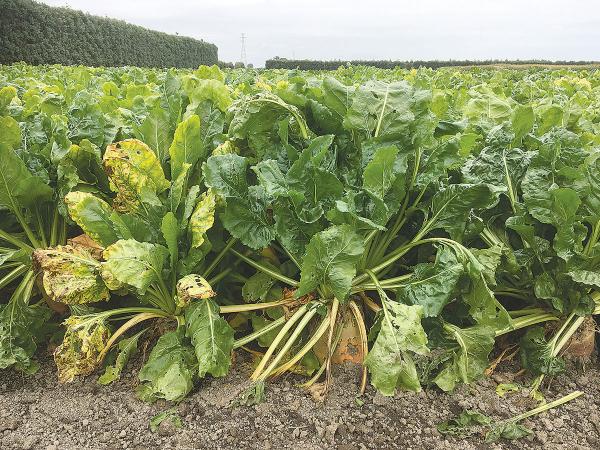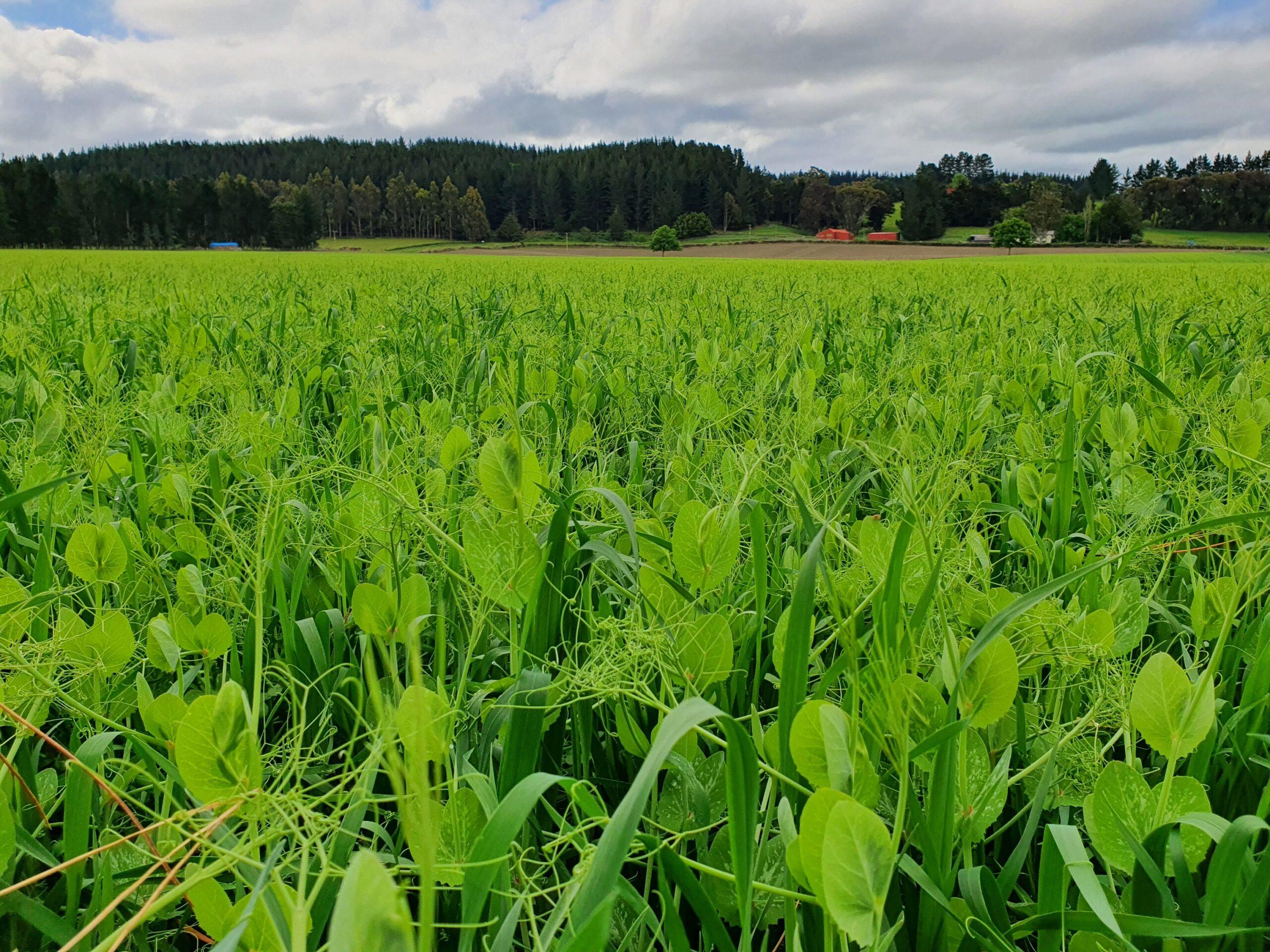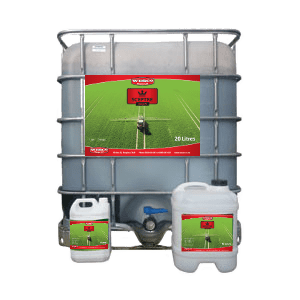Knowledge Hub
Learn about Ryegrass Endophytes
What is an Endophyte?
Endophyte is a natural fungus that is found between the plant cells of Ryegrass that transfers itself into the next grass generation. Endophyte can be found in many grass species but Ryegrass and Tall Fescue are the most common grass varieties for harbouring the Endophyte fungus in New Zealand.
Why is Endophyte important?
Endophyte increases the yield and persistence of the grass as it is made up of compounds such as peramine, Lolitrem B, Ergovaline and Epoxy-janthitrems, which are toxic to some insects such as Argentine Stem Weevil, Black Beetle, Pasture Mealy Bug and other grass pests. However, it can also cause stock health problems such as Ryegrass staggers. Some Endophyte types have been found less harmful to stock and when used appropriately, it can increase and improve animal performance as well as increasing grass yield and persistence.
Types of Endophytes.
AR37
This type of Endophyte offers the best insect control in Ryegrasses over all other types of Endophytes. Resistance to Black Beetle, Argentine Stem Weevil, Pasture Mealy Bug, Root Aphid and Porina, allows for a higher yield and persistence. However, AR37 can cause Ryegrass staggers.
AR1
AR1 is safer for grazing stock while still providing moderate insect control against Argentine Stem Weevil and Pasture Mealy Bug. Extra care will need to be taken in areas with high Black Beetle numbers (Northern area of the North Island) as AR1 gives only moderate protection to this pest. AR1 is also vulnerable to Root Aphid.
Max P
Max P is a type of Endophyte found in Tall Fescue and improves its capability to fight grass pests such as Argentine Stem Weevil, Root Aphid, Pasture Mealy Bug and Black Beetle and moisture stress. Max P is made up of lolines, which is a compound, along with Peramine that protects against grass pests and improves the drought tolerance of Tall Fescue.
Standard Endophyte
With the introduction to new endophytes, standard Endophyte has been outperformed. Stock grazing these pastures can cause low animal performance and cause health issues such as Ryegrass staggers. You can lessen the effects by altering Summer/Autumn grazing management.
Without Endophyte/Low Endophyte
Nil or Low Endophyte works best in areas with cooler summers and decent rainfall or irrigation (Westland, Southland and some parts of Otago and irrigated Canterbury areas). Animal performance is great in these pastures, however, as there is low amounts or no endophyte, there is little or no protection from insect pests.
NEA2 & Endo5
Believed to provide the same amount of protection from insect pests as each other, NEA2 and Endo5 both offer similar performance outcomes. NEA2 pastures contain low levels of Peramine and Ergovaline, and very low levels of Lolitrem B.
Recent articles
Fodder Beet is Back!

Why you should be planting Peas & Oats this year

The Benefits of Chicory and Liquid N
